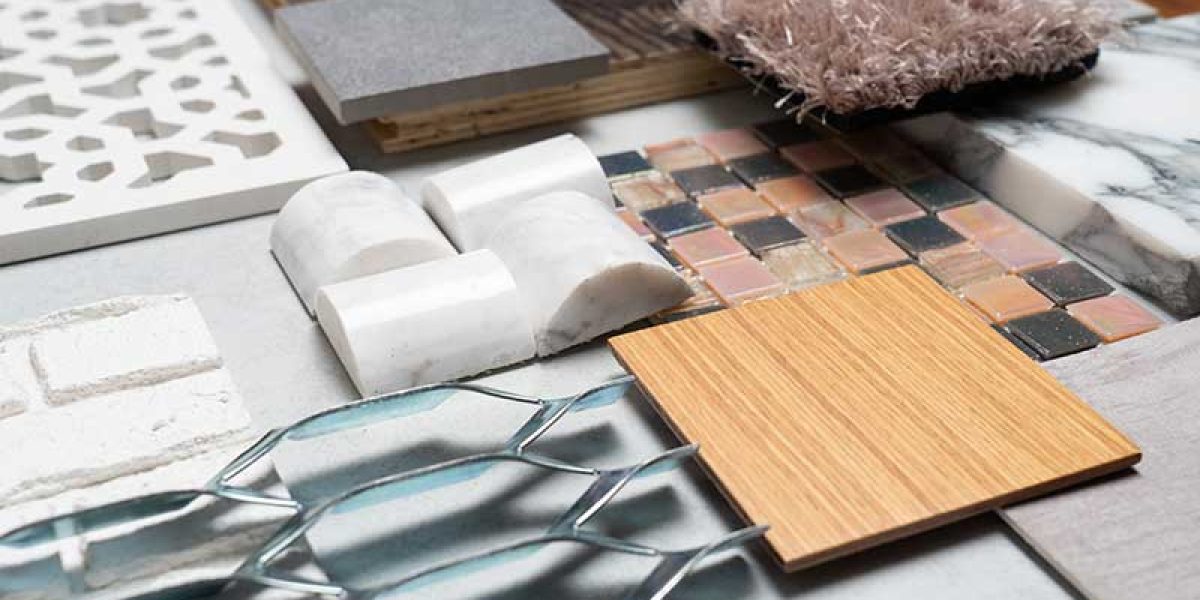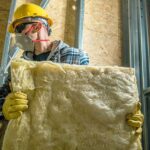The construction industry is undergoing a technological revolution, not only through digital tools and improved gear, but also through ground-breaking materials that promise to change the way structures are created and maintained. Self-healing concrete, transparent aluminum, and carbon fiber are more than just upgrades; they represent a paradigm change toward more durable, efficient, and sustainable construction processes. This blog investigates these cutting-edge materials and assesses their possible impact on the construction sector.
Self-Healing Concrete: The Cure for Infrastructure Aging
Although concrete is the foundation of modern infrastructure, it is prone to cracking, which can jeopardize structural integrity and durability. Self-healing concrete is a substance developed to overcome this age-old problem using biotechnology. Self-healing concrete contains bacteria that create limestone and activates these microorganisms when water enters a fracture. The bacteria subsequently precipitate calcite, thereby ‘healing’ the fissures and greatly increasing the concrete’s lifespan.
The ramifications of self-healing concrete are significant, particularly in terms of cost and maintenance. Reduced repair demands mean cheaper maintenance costs and less disruption from normal repairs, which is especially helpful for vital infrastructure like bridges and tunnels. Furthermore, this innovation promotes sustainability by increasing the material’s lifespan and minimizing the need for regular replacements.
Transparent Aluminum Revolutionizes Aesthetics and Strength
Transparent aluminum, which sounds like a science fiction material, is a real substance with exceptional strength and clarity. Officially called as aluminum oxynitride (ALON), this ceramic compound combines the transparency of glass with the strength of aluminum, making it an excellent material for applications that require both durability and transparency.
Transparent metal may change architectural designs, allowing for buildings that are both visually appealing and extremely durable. Its possible applications range from bulletproof windows to skylights and load-bearing transparent parts within buildings. This material not only improves aesthetic freedom, but it also adds to security and energy efficiency by blocking UV rays and withstanding harsh environmental conditions.
Carbon Fiber: Lightweighting the Future of Construction
Carbon fiber is well-known for its strength-to-weight ratio, which is much higher than steel. In the construction industry, carbon fiber is used to strengthen constructions ranging from bridges to new skyscrapers, offering strength without the weight of traditional materials. This has far-reaching ramifications for seismic design, as lighter structures are less vulnerable to earthquake pressures.
Furthermore, carbon fiber’s adaptability enables its use in novel construction scenarios, such as renovating historic buildings where typical reinforcement methods are impracticable. Carbon fiber not only improves structural integrity, but it also increases energy efficiency because lighter buildings take less energy to heat and cool.
Building a Sustainable Future
The incorporation of self-healing concrete, transparent aluminum, and carbon fiber into construction projects reflects more than just scientific advancement; it marks a shift toward a more sustainable and inventive sector. These materials reduce the environmental effect of building by lowering waste and energy consumption, lengthen the lifespan of structures, and provide new design and functionality options.
As we continue to push the limits of what is possible in construction, certain materials stand out as indicators of future possibility. Continued research and development in construction materials will definitely open up new options, opening the way for smarter, more efficient, and more resilient structures in the coming years.








